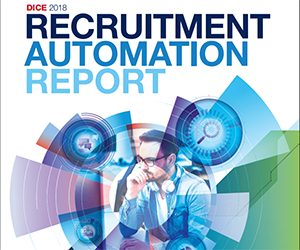What Is HR Technology? Benefits, Examples and Implementation in 2025
AIHR
FEBRUARY 18, 2025
HR technology has been advancing since the 1950s, starting with the first computerized systems to assist with payroll. In the late 1980s, the first HRMS (HR management system) was introduced, followed by the LMS (learning management system) and job boards in the 1990s. Contents What is HR technology?























































Let's personalize your content